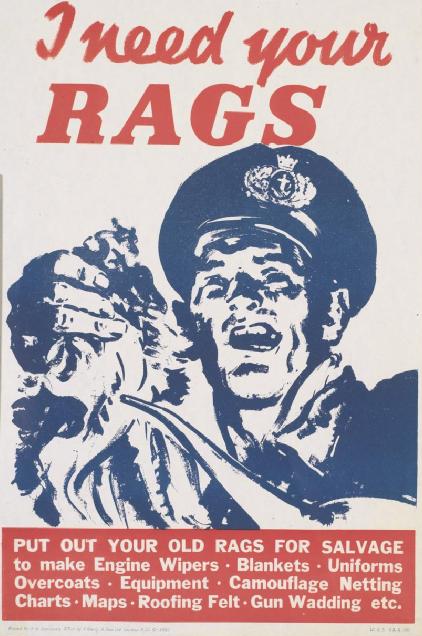Textile recycling
is the process of recovering fiber, yarn, or fabric and reprocessing the material into new, useful products. Textile waste is split into pre-consumer and post-consumer waste and is sorted into five different categories derived from a pyramid model. Textiles can be either reused or mechanically/chemically recycled.
There has been a shift in recent years toward recycling textiles because of new regulations in several countries. In response, companies are developing products from both post-consumer waste and recycled materials such as plastics. Results from academic studies demonstrate that textile reuse and recycling are more advantageous than incineration and landfilling
Textiles made from recycled materials
Many companies develop their products from a combination of recycled post-consumer textile waste as well as other recycled materials such as plastics.his can be done for textiles other than clothing as well.
One specific region that is more progressive in applications of recycled textiles is Scandinavia, which has created mainstream market products. In Sweden, companies such as Lindex and H&M are including pre-consumer and post-consumer waste fibers within their new clothing lines.
Growth
A shift toward recycled textiles
New regulations for the textile industry have been introduced in several countries that favor the use of recycled materials. On March 30, 2022, the European Commission published the EU Strategy for Sustainable and Circular Textiles which outlines the EU’s action plan to achieve better sustainability and regulation within the textile industry.[6] The European Commission’s goal for 2030 is to encourage consumers to invest in high quality products rather than “fast-fashion”, and to ensure all textile products are durable, whether they are recycled materials or not. The EU's strategy includes regulating overproduction, reducing the release of microplastics during production, and utilizing EU Extended Producer Responsibility to ensure producers are acting sustainably.
In response to shifting consumer expectations, investments in textile recycling companies have increased to achieve better sustainability in the textile industry. Inditex and Bill Gates’ Breakthrough Energy Ventures invested in the start-up recycling company Circ in July 2022, which has patented new technologies to reengineer used fibers. In July 2021, H&M and Adidas invested in the chemical recycling company Infinited Fiber Company (IFC) which produces a re-engineered fiber that is similar to cotton and is biodegradable.[20] Goldman Sachs led an investment in mechanically recycled cotton company Recover Textile Systems in June 2022.
Many luxury fashion brands are publicly displaying their investment in sustainability approaches, with a common goal to shift towards circular systems and utilizing re-engineered and/or biodegradable materials in their collections.



